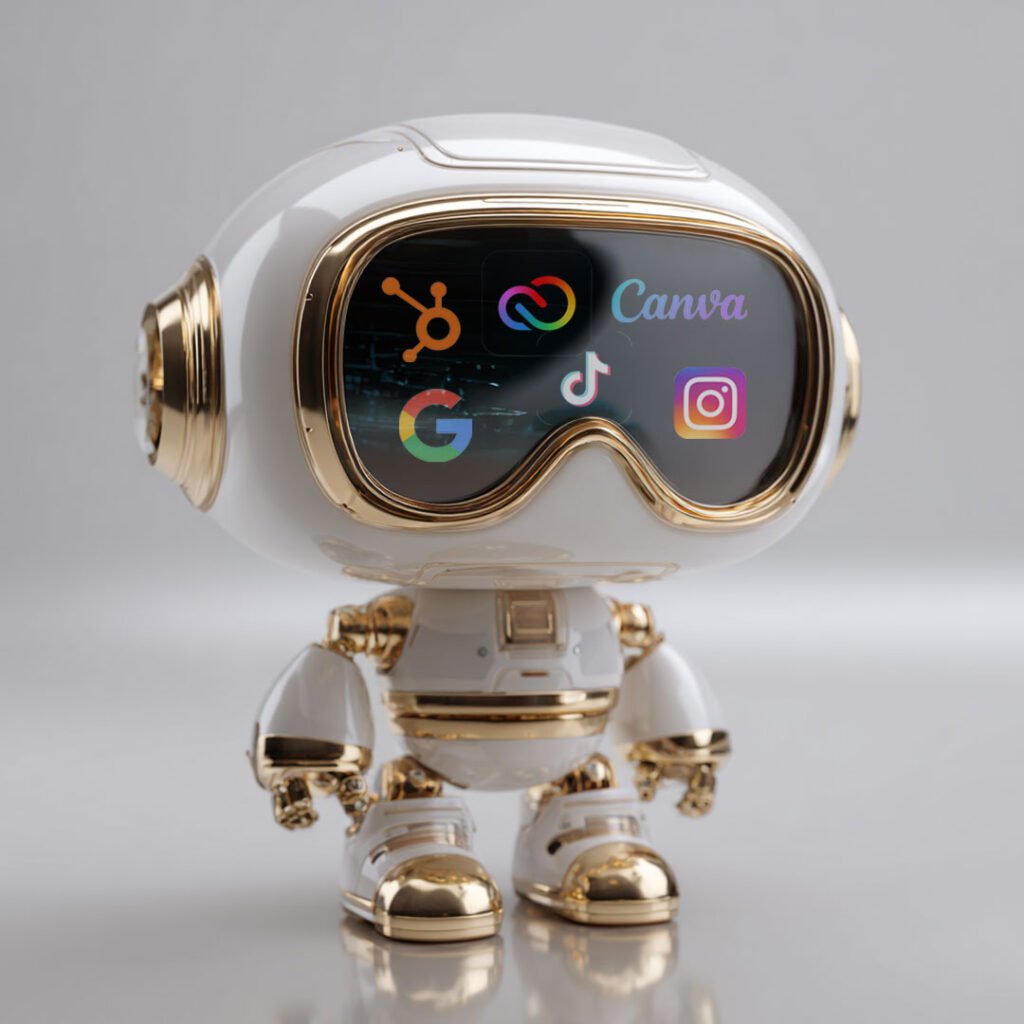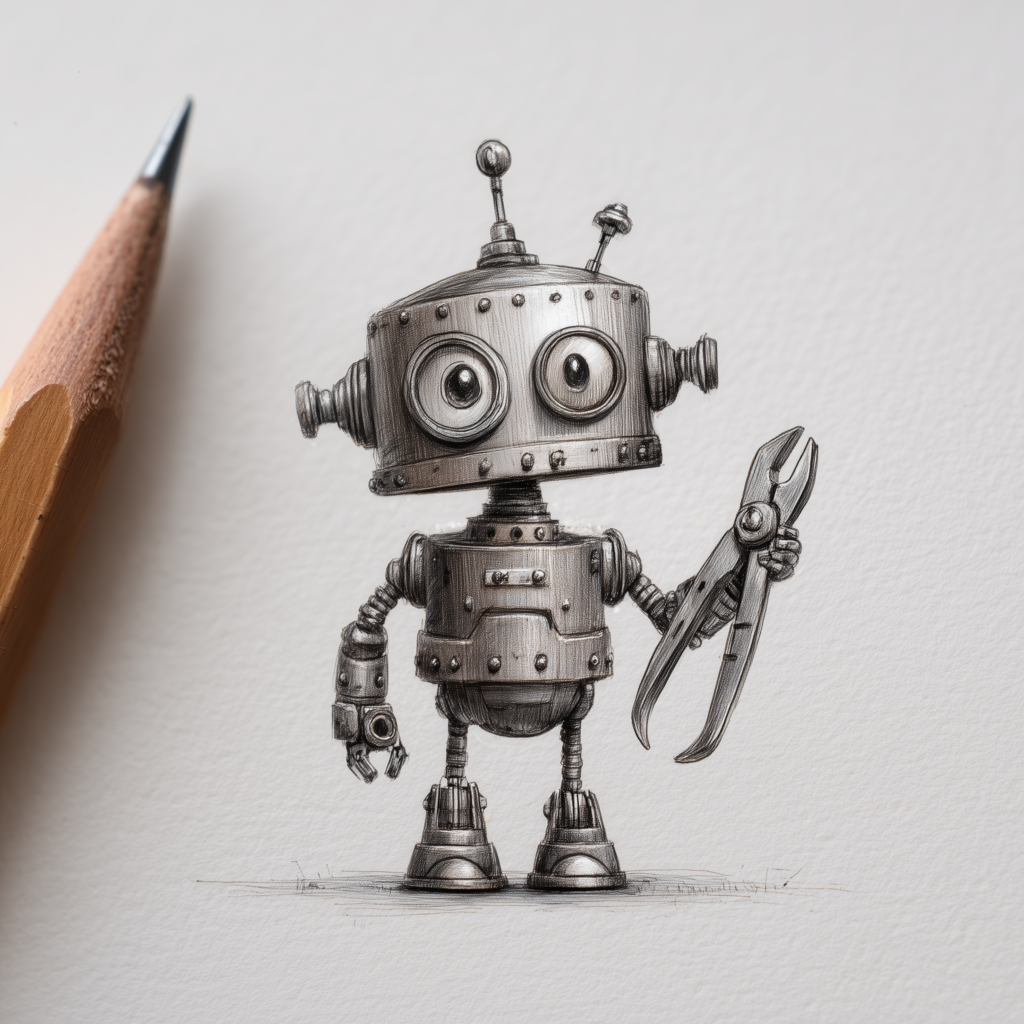Why Channel Choice Is a Strategy—Not a Checklist
Most marketing plans fail because they spread efforts thin across every shiny platform available.
But not every channel will serve your audience, your message, or your goals equally.
Smart marketing isn’t about doing more—it’s about choosing where you can make the biggest impact with the least waste.
Step-by-Step: How to Choose the Right Marketing Channels
1. Start With Your Goal
What are you trying to achieve right now?
-
Brand awareness → Broad, top-of-funnel channels like YouTube, display, social
-
Lead generation → High-intent channels like search, LinkedIn, webinars
-
Sales conversion → Retargeting, email nurturing, landing pages
-
Customer retention → Email, SMS, community platforms, exclusive content
If you don’t know your goal, no channel will feel like it’s “working.”
2. Look at Audience Behavior, Not Demographics Alone
It’s not just about who your audience is—it’s about where they go to:
-
Learn
-
Compare
-
Decide
-
Share
Questions to ask:
-
Where do they search for answers or inspiration?
-
Who do they trust for advice or reviews?
-
Are they passive browsers or active searchers?
Tools to use:
-
Google Analytics audience reports
-
SparkToro for audience insights
-
Social listening tools
-
Customer interviews
3. Match Channel Strengths to Content and Context
Each channel has a strength—but not every message works everywhere.
| Channel | Best For | Not Ideal For |
|---|---|---|
| Google Ads | High-intent, urgent search | Broad awareness |
| Visual storytelling, social proof | Complex B2B funnels | |
| Thought leadership, B2B outreach | E-commerce scale | |
| Retention, nurturing, conversions | Cold acquisition (on its own) | |
| YouTube | Education, awareness | Quick direct-response selling |
Ask: Does this channel make sense for the kind of content I need to share—and the mindset my buyer is in?
4. Evaluate Time, Cost, and ROI Potential
Each channel comes with different resource demands:
-
Time-intensive = organic social, SEO, YouTube
-
Cash-intensive = paid search, media buys
-
Hybrid = email (requires both list-building and content consistency)
Questions to ask:
-
What’s the cost per lead (CPL) or acquisition (CPA)?
-
Is the content sustainable to create?
-
How easy is it to track ROI?
Start small, test, and scale what works.
5. Use a “Channel Stack” by Funnel Stage
Instead of choosing one channel, build a channel stack that serves each stage of the customer journey.
Example:
-
Awareness → Instagram Reels + YouTube Shorts
-
Interest → Blog content + Search Ads
-
Consideration → Retargeting + Email
-
Conversion → SMS offer + Live chat
-
Loyalty → Exclusive community + Ongoing email education
This gives you depth without spreading too thin.
Bonus: Watch for Signs You’re on the Wrong Channel
Red flags include:
-
High spend, low return
-
Poor engagement or click-through rates
-
Leads who aren’t aligned or never convert
-
Team burnout trying to keep content flowing
If a channel isn’t pulling its weight—even after optimization—drop it.
Right Channel. Right Message. Right Time.
When your channels align with buyer behavior, you don’t have to shout. You show up in the right place, with the right message, when they’re ready to hear it.
It’s not about being everywhere—it’s about being right there when it matters.
Need Help Choosing (and Justifying) the Right Marketing Channels?
I help brands evaluate, test, and optimize channel strategies based on real behavior—not guesswork. Whether you’re launching or refining, we can find the most efficient path to ROI.





